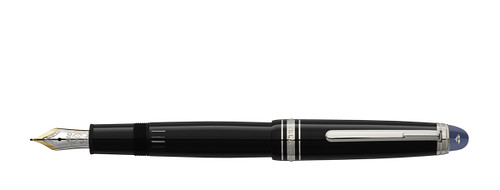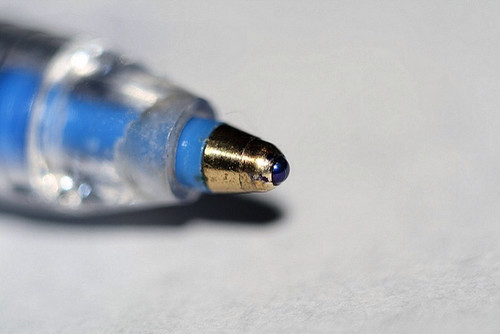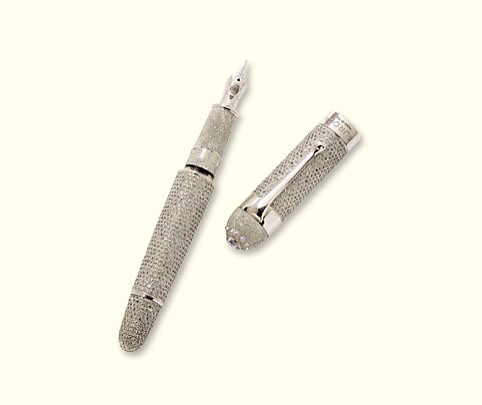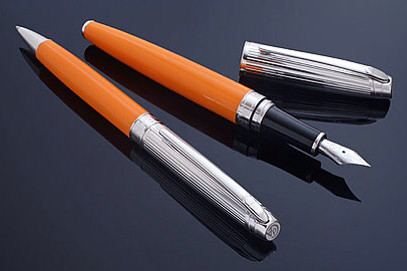To decide which pen to have as your aid in daily business and personal life has long been discussed. Whether to have a pen that is so vastly expensive you would not lend it to a loved one or colleague may seem over the top but please believe that as a status symbol only the wrist watch can compare in history, cost and design extravaganze.
So, is the pen that important? As a practical application, yes of course. Having a good sturdy pen that can stand the test time and all of your life's events can be of immense value. But if you happen to be of a forgetful frame of mind then splashing out £500 ($800) each time would be absurd.
So if you are of the persuasion that the pen is a must have when it comes to style, quality and function then read on. If not then buy a biro and live happy.
So there are two areas that should be of importance to deciding.
- Is the pen you want a luxury or a practical item?
- What do you use it for and how often?
If it is a luxury item then splash out and expect to pay anything from £400 to £40,000 if you so desired. But if just practical then spending anywhere from £50 to £200 is still gong to get good quality.
What do you use it for and how often? Put it this way, if you use it for signing autographs on the red carpet then you may want to say a certain something. But think again about the private victory. Is it for showing off? Or is it for that day when you sign he contract that means security for life. You may want something really special when you dance that nib over the paper in agreement. If it's for writing your partner love letters you may wish something more romantic and fantastical.
To say there is a vast need for a pen as an image enhancer is probably not true anymore. Many times we gain fine things and baubles just to impress people we don't really like. But there is a private status that I think is important. And that is what I have heard termed a 'private victory'. In Stephen Covey's book 7 Habits of Highly Effective People he states that Private Victory must come before Public Victory. In short, if the success you have in life can not be an accolade you can be happy to keep to yourself then it will never be enough in public. In the film 'Cool Runnings' the coach, Irv, describes this private victory better then I.
"Derice, a gold medal is a wonderful thing. But if you're not enough without one, you'll never be enough with one."
So, as to the choices. For me the most important thing with accessories is to match or show your personality. Not essential, but If you have a quiet character then an over the top and brash pen won't suit.
Luxury:
Aurora Diamond"The only over 30 carat pen in the world, created by the oldest and most prestigious Italian fountain pen manufacturer, Aurora.The rhodium treated, 18 Kt Solid Gold nib signs this masterpiece."
Now I thought I'd add this in from Aurora. It is very OTT but my word is it fun.
Mont Blanc Meisterstuck
"Piston fountain pen, 14 K gold nib with rhodium-plated inlay, barrel and cap made of black precious resin inlaid with Montblanc Diamond in cap-top (~0.06 ct.), platinum-plated clip and rings"
Léman Bicolor Safran Day Break
A touch of colour for those more flamboyant. the Leman comes in 6 colours but also black and white.
I'm going to do a post quickly after this with a article from a man called Peter Twydle. He wrote a beautiful piece on choosing a fountain pen that I can just not do justice to and will bow down to his superior knowledge. Please read the next post or click the link for Peter Twydle's choosing a fountain pen.






